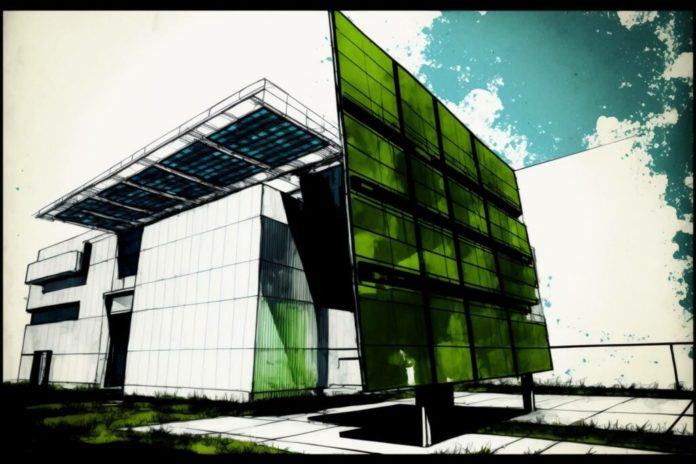The landscape of construction is undergoing a profound transformation, marked by a shift towards sustainable practices that prioritize environmental responsibility. The green building revolution is reshaping the industry, emphasizing energy efficiency, eco-friendly materials, and innovative design. Let’s delve into the key principles and practices driving this sustainable construction movement.
The Urgency of Sustainability in Construction
The perplexity of sustainability in construction arises from the urgent need to address environmental concerns. With climate change and resource depletion on the rise, the construction industry plays a pivotal role in mitigating its impact. The burstiness of eco-conscious practices aims to create structures that minimize environmental harm and promote long-term resilience.
Integrating Renewable Energy Sources
At the forefront of sustainable construction is the integration of renewable energy sources—a burstiness of innovation that reduces reliance on fossil fuels. From solar panels to wind turbines, incorporating clean energy solutions not only minimizes a building’s carbon footprint but also contributes to a more sustainable energy grid.
Materials Matter: Eco-Friendly Choices
The choice of materials is a perplexity that greatly influences the sustainability of a construction project. Embracing eco-friendly materials, such as recycled steel, reclaimed wood, and low-impact concrete, is a burstiness of responsible decision-making. These choices not only conserve natural resources but also contribute to healthier indoor air quality.
Adopting Modular and Prefabricated Construction
The burstiness of modular and prefabricated construction methods challenges traditional building practices. Prefabrication reduces construction waste, speeds up project timelines, and enhances energy efficiency. This perplexity of modern approaches contributes to a more sustainable and cost-effective construction process.
Designing for Efficiency and Resilience
The perplexity of sustainable construction extends to the design phase, where architects and engineers prioritize efficiency and resilience. Smart design choices, such as natural lighting, passive heating and cooling, and green roofs, contribute to energy savings. The burstiness of innovative design thinking leads to structures that adapt to changing environmental conditions and reduce their ecological impact.
Water Conservation Measures
Water conservation is a burstiness of sustainable construction often overlooked. Implementing efficient plumbing systems, rainwater harvesting, and landscaping with native, drought-resistant plants are perplexities that reduce water consumption in both the construction process and the lifetime of the building.
Certifications and Standards
The perplexity of sustainability is often validated through certifications and standards. Recognized certifications like LEED (Leadership in Energy and Environmental Design) and BREEAM (Building Research Establishment Environmental Assessment Method) set benchmarks for green building practices. Adhering to these standards is a burstiness of commitment to environmental responsibility and ensures accountability in the construction industry.
Embracing Technology for Sustainable Construction
The burstiness of technological advancements plays a crucial role in sustainable construction. From Building Information Modeling (BIM) for efficient project management to advanced sensors for energy monitoring, technology enhances the perplexity of sustainable practices, making them more accessible and effective.
Conclusion: A Sustainable Tomorrow
The green building revolution is reshaping the future of construction with a perplexity of principles and a burstiness of innovative practices. As the industry embraces sustainability, each building becomes a testament to the collective effort to create a greener, more resilient world. By prioritizing eco-friendly materials, energy efficiency, and innovative design, sustainable construction practices pave the way for a more harmonious coexistence between human development and the environment.















